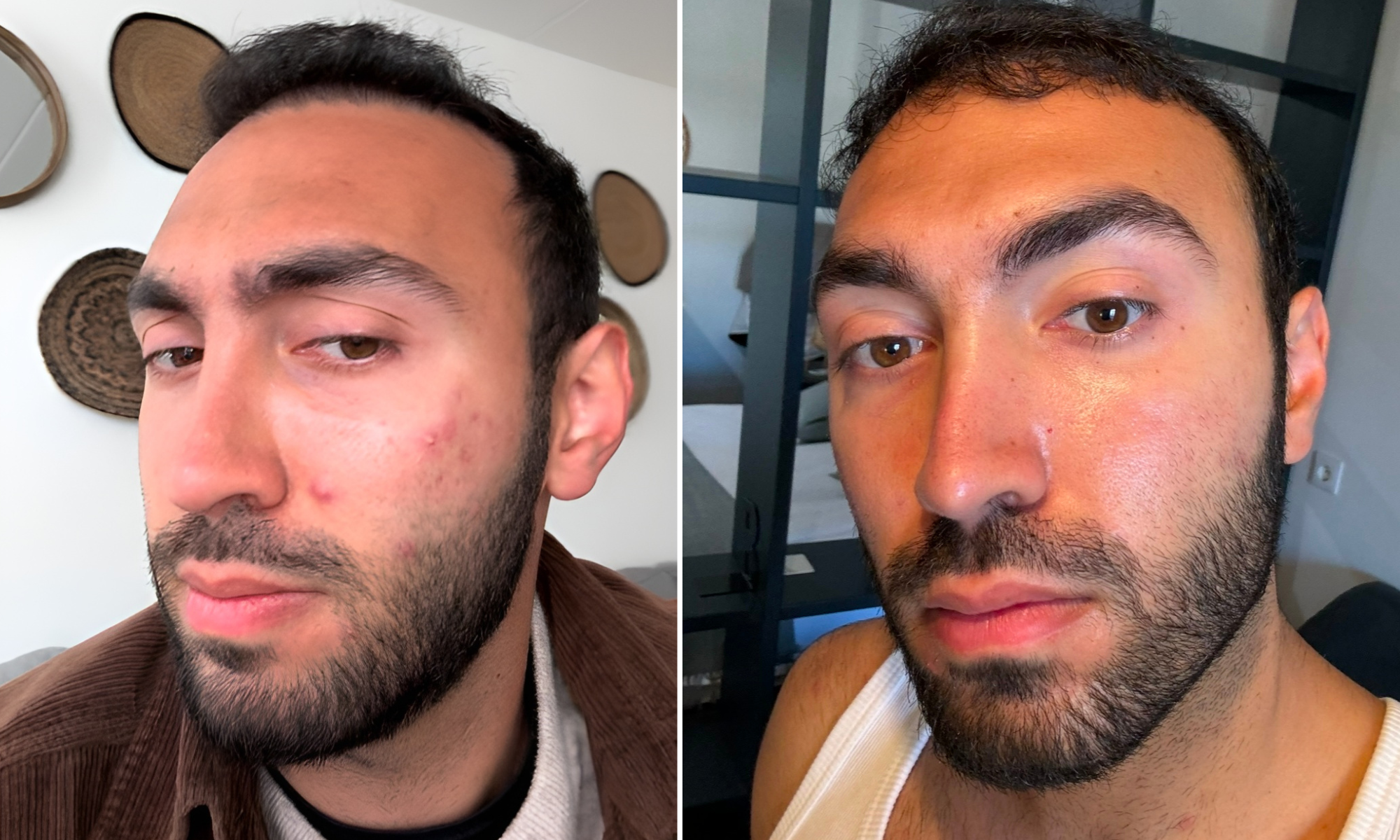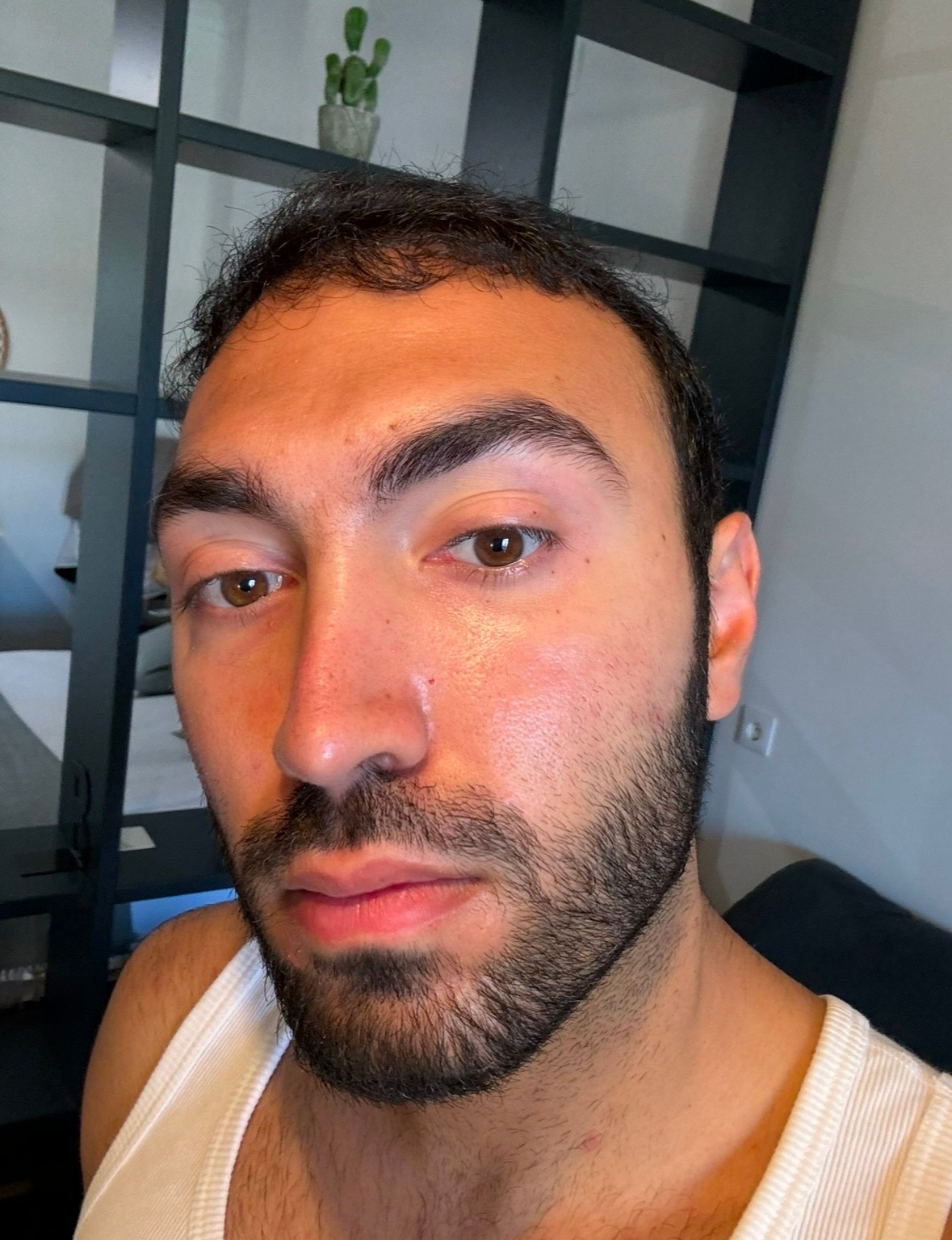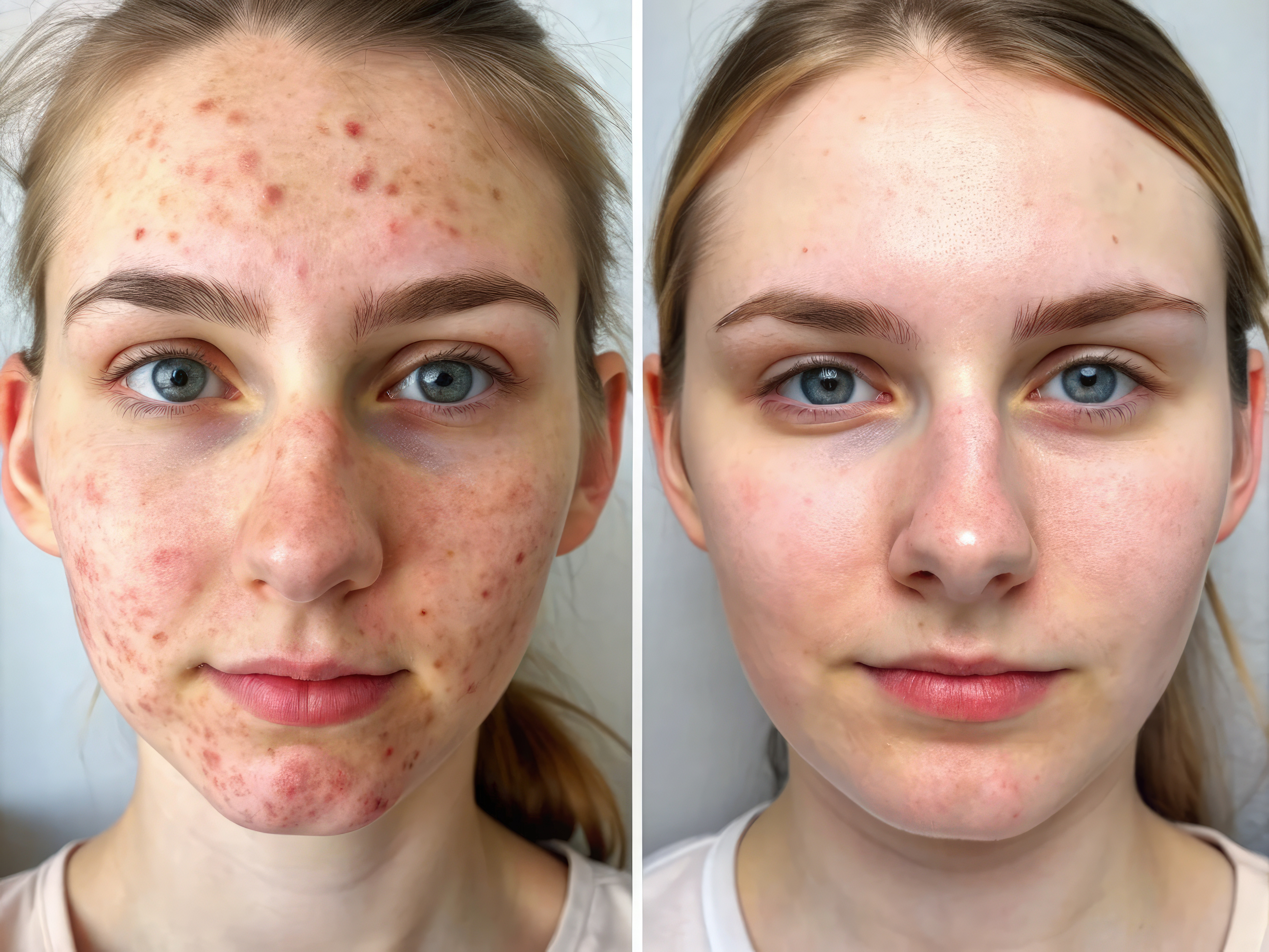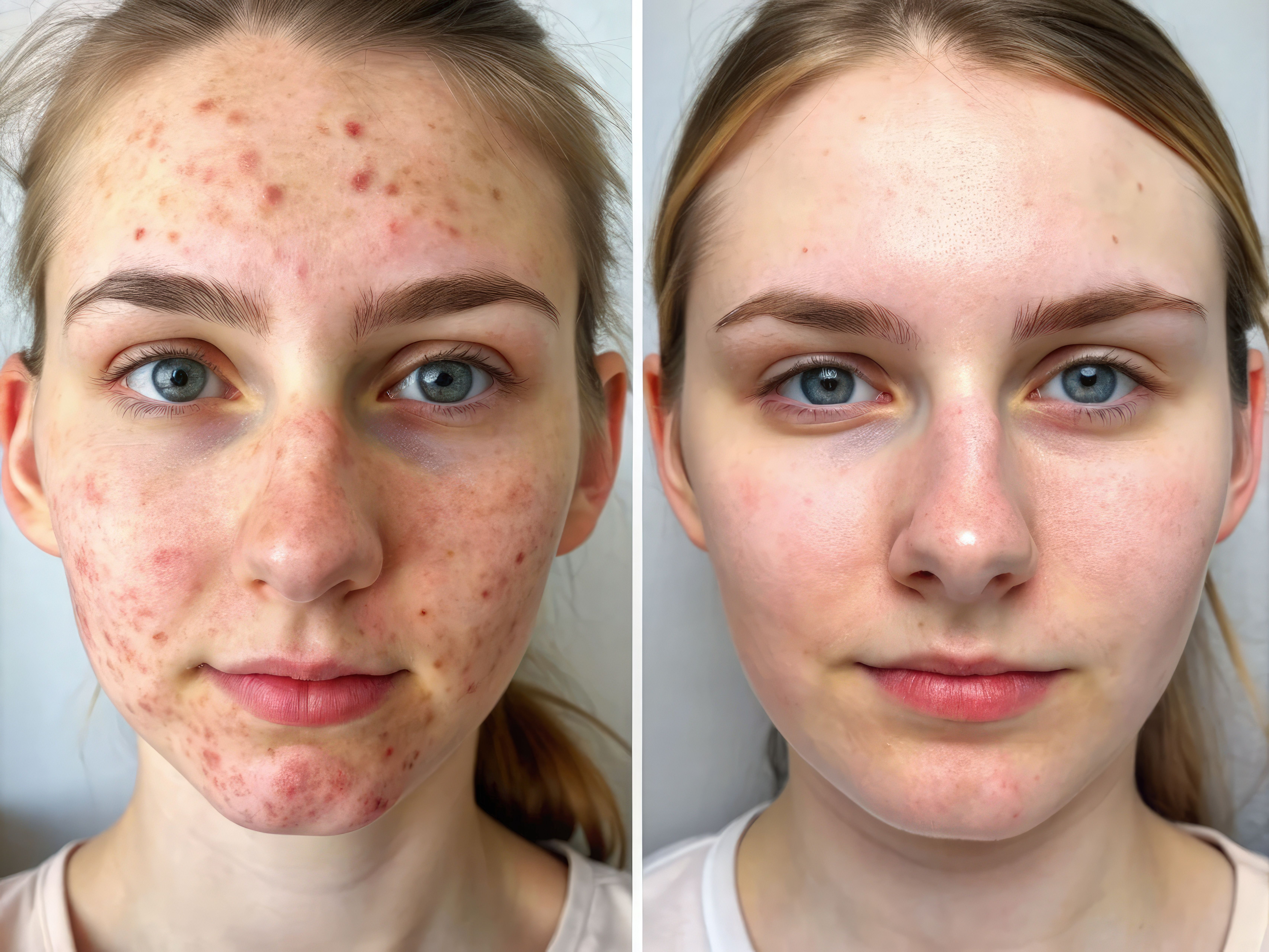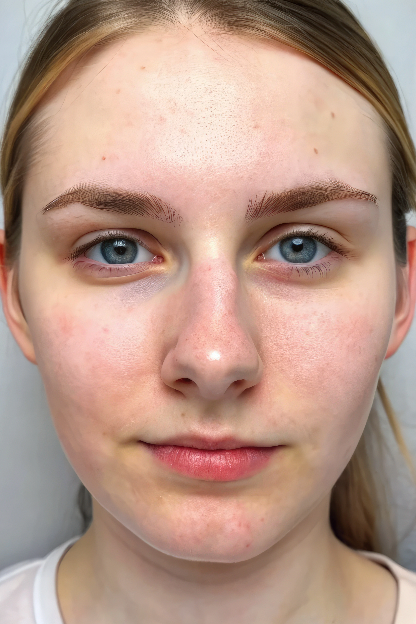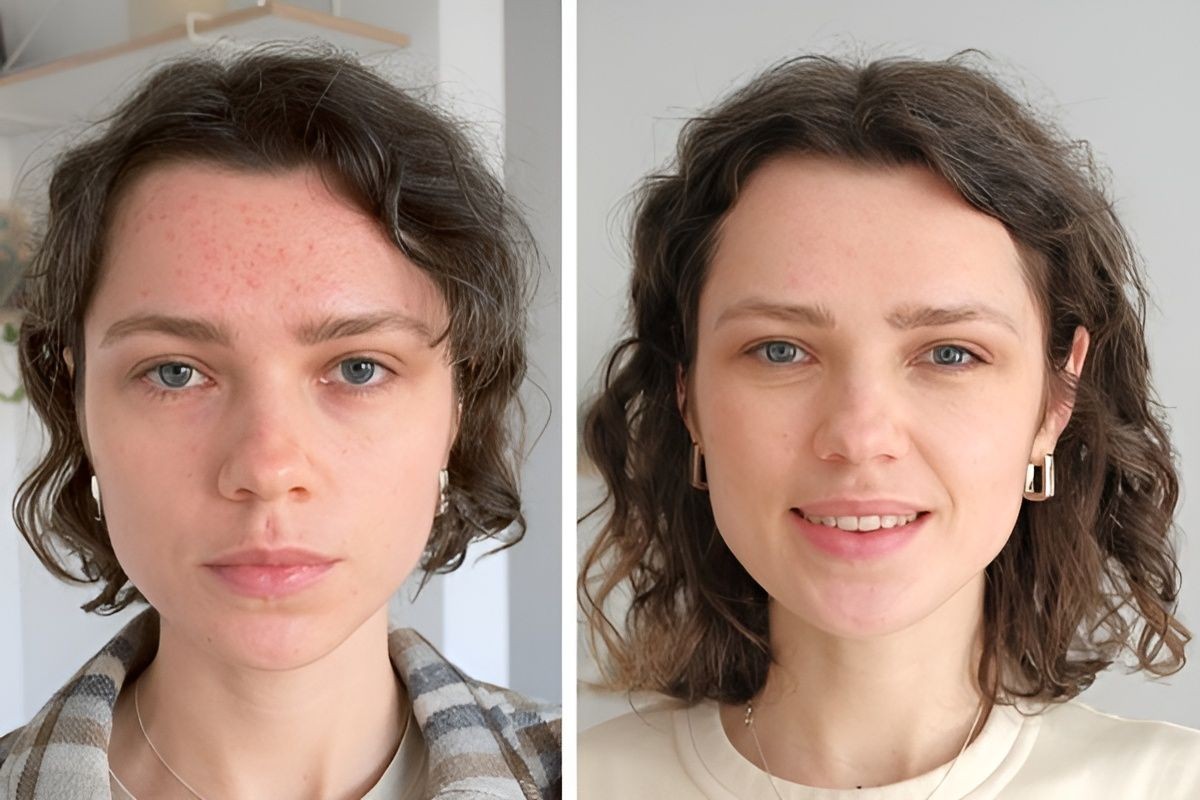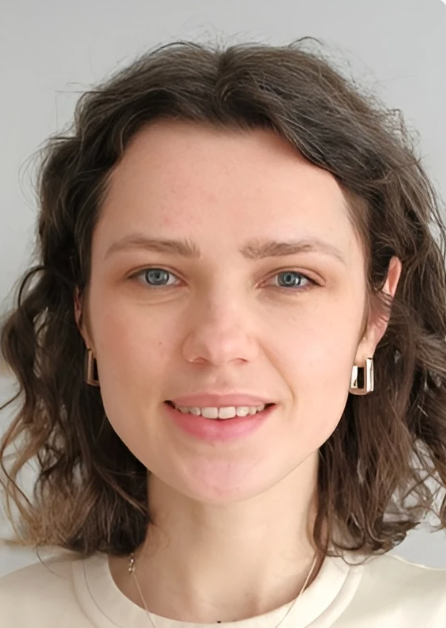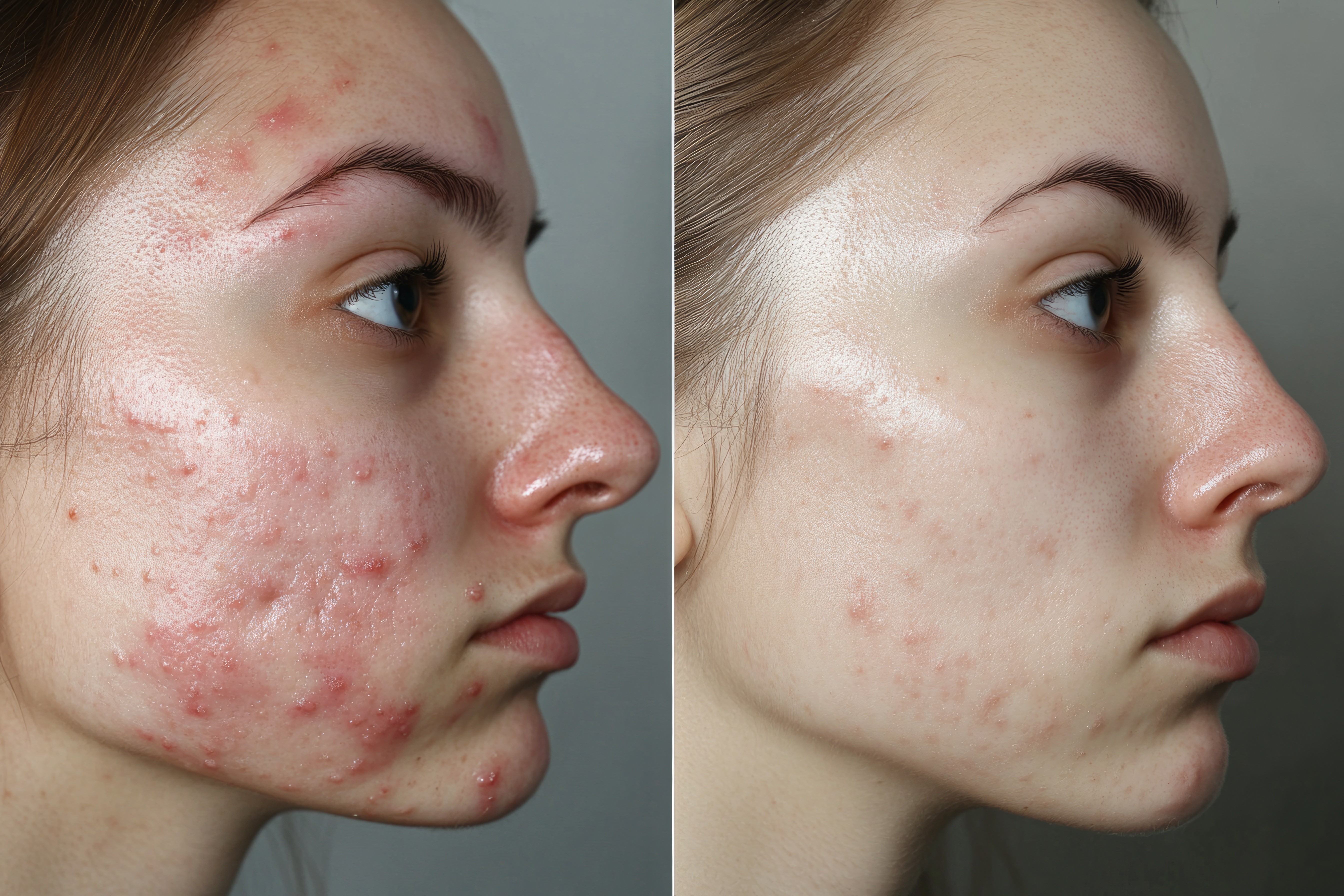Black Dots

Blackheads are a common skin concern that many people face. They are a type of acne known as an open comedone, formed when pores become clogged with oil, dead skin cells, and bacteria. Unlike whiteheads, which are closed at the surface, blackheads are exposed to air, which causes the material inside to oxidize and turn dark.




